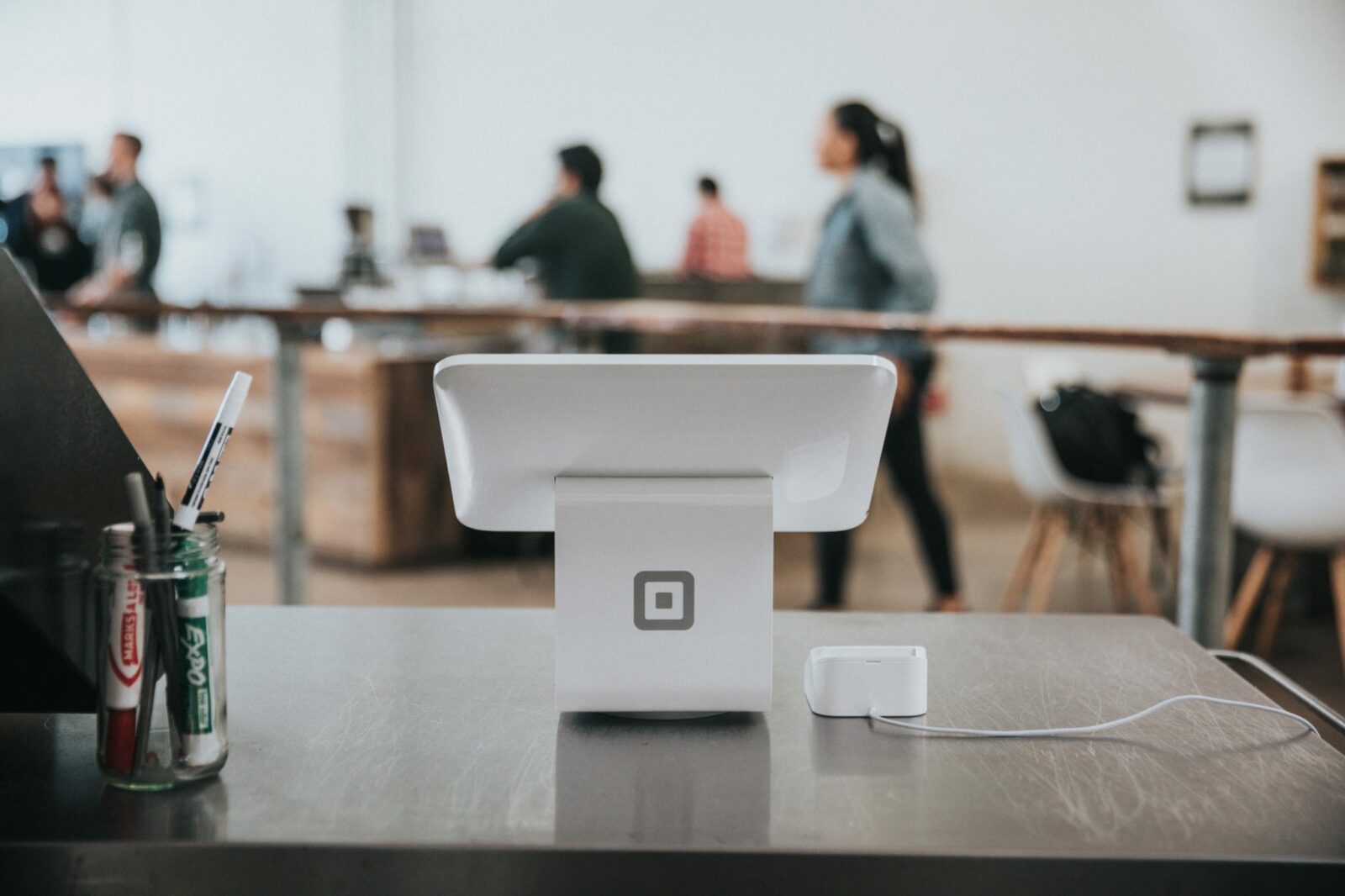The CARES Act Offers another SBA Loan Program

(Including a debt forgiveness component – which one is best for your business?)
April 16 update: Earlier today, the Small Business Administration (SBA) announced that the $349 billion earmarked for the Paycheck Protection Program (PPP) under the CARES Act, as well as the funding allocated for the Economic Injury Disaster Loan (EIDL) program (including EIDL advances), has been exhausted and the SBA will no longer accept applications for these programs. Although Congress is in discussions to provide further funding for these programs, it remains to be seen whether (and when) this will come to fruition.
Businesses that are interested in the PPP that didn’t make it in before the funding limit was reached are encouraged to contact their lenders and inquire as to whether they are accepting applications to be maintained in their own internal queue. In the event additional funding for the program is procured, early submission could help to maximize the likelihood of SBA approval. Similarly, borrowers interested in the EIDL program should stand ready to submit an application to the SBA should the program receive additional funding.
April 14 update: To help you distinguish one loan from another, please note that to date, federal loan options specifically providing funding for those impacted by the COVID-19 pandemic consist of:
- Economic Injury Disaster Loan (EIDL) – created by the Families First Act, administered by the SBA.
- Paycheck Protection Program (PPP) – created by the CARES Act, administered through local banks working with the SBA, has the potential to be wholly/partially forgiven.
- Main Street Lending Program (MSLP) – created by the CARES Act, administered through local banks working with the Federal Reserve (consisting of two alternatives: MSNLF and MSELF).
- Other CARES Act loans that are specific to the airline and national security industries.
April 4 update: The information below is supplemented with new information related to the application process and other details found here. Also note our separate article addressing nuances of the PPP loans that are specific to self-employed individuals.
On Friday, March 27, the President signed into law the Coronavirus Aid, Relief and Economic Security (CARES) Act. The Act, a result of feverish congressional deliberations intended to blunt the economic impact of the coronavirus pandemic, includes a new program that will be administered by the Small Business Administration (SBA) known as the Paycheck Protection Program (PPP). The purpose of the PPP is to assist small businesses in keeping their employees on the payroll through the duration of the pandemic and resulting economic downturn, primarily through loan funds available from February 15, 2020 through June 30, 2020 (the so-called “covered period”).
It is important to distinguish this program from the SBA’s Economic Injury Disaster Loan (EIDL) program that was referenced just days earlier as part of the Families First legislation. The PPP offers two very significant features that the EIDL did not: (1) The PPP starts as a loan, but carries the potential for all or part of that loan to be completely forgiven. Also, (2) it allows participants to deal directly with many conventional lenders (banks), which will be a relief to those who last week found themselves unable, due to high traffic, to even access the SBA’s website. Other differences are explained below.
It also is important to note that use of the PPP may prevent full utilization of two other prominent features of the CARES Act: The Employee Retention Credit and the Payroll Tax Deferral. The precise nature and mechanics of the interplay is not entirely clear without further guidance, but readers should proceed with caution before pairing one of those benefits with this one.
With the SBA’s Economic Injury Disaster Loan (EIDL) program that was previously created and with a similar objective, how do you determine which program (EIDL or PPP) will be more advantageous to your small business?
Before getting into specifics, let’s be clear from the get-go: any time legislation of this magnitude is pushed through in a short span of time (Tax Cuts and Jobs Act, anyone?), it is likely that important considerations were overlooked and additional clarifying guidance will be necessary. Although this article aims to address each of the salient points a small business should consider before taking advantage of the PPP (or EIDL), be mindful that there could be changes to, and/or new interpretations of, the program’s text. We will, of course, keep you apprised of any such developments.
Now that we’ve got the administrative details behind us, let’s take a look at how the EIDL program and the PPP stack up against each other. The following table summarizes some of the more critical aspects of the two programs:
| Type | EIDL Program | PPP |
| Who is eligible? |
|
|
| Loan terms |
|
|
| Permitted use |
|
|
| Loan forgiveness |
|
|
| How do I apply? |
|
|
| What will I need to provide? |
|
|
It should be noted that there is nothing preventing a business from applying for a loan under both programs… but should you? First, note that businesses currently are able to apply for EIDLs while the PPP is not officially up and running. Despite that, and as noted below, PPP funding may flow in faster than EIDL funding given where the SBA’s priorities seem to be; therefore, if you haven’t already applied for an EIDL and you have a good short-term cash flow plan in place and/or additional sources of funding available to you, there may not be much benefit in applying now.
If you have applied for and accepted an EIDL and subsequently apply for and accept a PPP loan, you may have the ability to refinance the EIDL with the PPP loan (once PPP loans are officially available, this refinancing option will no longer be available). However, you are not permitted to take out an EIDL and a PPP loan for the same purpose. If amounts are received under the EIDL for purposes other than those that qualify for loan forgiveness under the PPP, any such amounts will remain a loan. Further, if you applied for and received funding under the EIDL grant program (maximum of $10,000), any such amounts will be subtracted from the amount of loan forgiveness under the PPP.
Here are some additional quick tips to consider with respect to these programs:
- The expectation is that the SBA will be focused heavily on the PPP and therefore funding may occur faster than EIDLs.
- Reductions in the number of employees or wages that otherwise would reduce the amount of loan forgiveness under the PPP can be “cured” if a borrower eliminates such reductions by June 30, 2020 (thereby rendering reductions in the amount of loan forgiveness unnecessary).
- Loan forgiveness under the PPP is excluded from gross income for Federal income tax purposes. It remains to be seen which states will follow suit.
- Participants in the PPP cannot take the payroll tax credit provided under the CARES Act, and also cannot avail themselves of the deferment of payroll taxes provided under the CARES Act. (This credit and deferral will be explained in subsequent BNN articles, which can be found within a couple days of this article’s publication in our COVID-19 Resource Center.)
This article just begins to scratch the surface of these new loan programs available to your business, and more guidance will undoubtedly be coming from Congress, the SBA, and others. In the meantime, we strongly recommend reaching out to your primary lender to begin the application process for the PPP. It is unknown at this time how long the application processing and funding will take, but given the volume of applications expected to be submitted, it is imperative that you begin the process as soon as possible. If your primary lender does not participate in the SBA 7(a) loan program (if they don’t, they may very soon), you can try the Lender Match tool available on the SBA website.
As always, please reach out to your BNN advisor to help you navigate the best course possible and, most importantly, do all you can to stay safe and healthy.
For more information, please contact your BNN advisor at 800.244.7444.
Looking for more?
CHECK OUT OUR COMPREHENSIVE GUIDE TO THE TAX PROVISIONS OF THE CARES ACT.
Disclaimer of Liability: This publication is intended to provide general information to our clients and friends. It does not constitute accounting, tax, investment, or legal advice; nor is it intended to convey a thorough treatment of the subject matter.
